
Journey back to the summit

Faced with falling numbers of visitors, alpine tourism is trying to reinvent itself by looking to the past.
Mindful of the British passion for conquering mountains in the 19th century, guides are offering tourists the chance to stand on top of the world, literally.
“Most important is the rhythm,” says guide Kurt Arnold. “I don’t go fast, but I keep up a regular pace.”
The implication being that even the most reluctant mountaineer can realistically expect to scale a 4,000-metre peak without risking life and limb, or collapsing from exhaustion.
The four journalists trailing behind Arnold are connected to him and each other with a rope. We are guests of the Federation of Swiss Mountain Schools, having accepted an invitation to walk up a peak near Saas Fee in canton Valais.
Tourism is a serious business in Switzerland. It employs 240,000 people and brings in revenue of SFr12 billion ($9.8 billion) a year. But in recent years, visitor numbers have been falling steadily.
In the past three years alone, they dropped by 1.31 million to 6.53 million, and mountain areas have not been spared.
Competitive advantage
There are around 750 mountain guides who take visitors to the summits of the Alps. Jürg Haltmeier, vice-president of the federation, estimates that the market for private trips is worth about SFr20 million annually, and he sees mountains as a key competitive advantage for Switzerland.
Simon Bumann, tourism director of Saas Fee, is of like mind. “Everything we offer is available elsewhere, except our mountains. We need to remember what made alpine tourism in the first place – the desire of British climbers to conquer the peaks.
“The ‘Weissmies’ [mountain] is thought to be one of the easier 4,000-metre peaks,” says guide Beat Burgener, who is also president of the Federation of Swiss Mountain Schools.
That was not unwelcome news, since your correspondent is one of those trailing Kurt Arnold to the summit. We came the first 3,000 metres by cable car; the rest of the journey – to 4,029 metres – is up to us.
Our boots crunch across the ice of the glacier. We are all equipped with ice picks, and liberally coated with suntan lotion.
Queues
After an hour, lifting one’s feet starts to become noticeably more difficult. We continue in fits and starts, always taking small steps. The primary obstacle is the queue. Several groups of visitors are waiting their turn to reach the summit.
“On some days, we’ve counted 200 people up here,” says our guide patiently.
Haltmeier tells us that half of his visitors find him through the internet, and most of those are city dwellers, comparing prices.
He says guides who feature prominently on Google tend to pull the most customers. Haltmeier is evidently as adept as selling himself as he is at leading tourists up mountains. His homepage offers “first-minute discounts” and he even has a “frequent climber” programme, which allows customers to collect altitude metres.
But there are limits to what one can find on the net. There are no organised climbs up the north face of the Eiger – one of world’s most formidable peaks – so climbers need to recruit their own guide at a cost of about SFr450, says Haltmeier.
Aching
Our ascent of the Weissmies continues. By now, our feet are aching, and the backpacks pulling relentlessly on our shoulders. Our guide continues, seemingly as fresh as when we started out.
“Just 45 minutes more,” he says reassuringly. “This is the worst bit,” he adds. “It’ll soon get better.”
Hanging from his belt is all manner of equipment. “For a rescue on the glacier,” he says cheerfully.
Mountains can be dangerous. In the high season, helicopters are called out daily to rescue someone.
Burgener reminds us that guides “are specialists in mountain safety… but offer no guarantee that an accident won’t happen”.
All registered guides are trained – the qualification is a diploma – and insured in case of accidents. Which is just as well, says Burgener, half in jest, since every guide approaches each route with one foot in a coffin and one in jail.
Faint-hearted
For climbers, 4,000 metres has special significance because it is half the height of Mount Everest.
The attraction may be limited for the faint-hearted, but it is even more limited for those without deep pockets. The words “quality” and “niche-market” punctuate talk about this particular type of tourism, which attracts about a “fifth of all visitors to the mountains”, says Saas Fee tourism boss, Simon Bumann.
The guides are important ambassadors for the entire Swiss tourism industry, he adds, because they draw attention to the splendour of the mountains.
The climb continues. By now, we are gasping for oxygen; each step is an effort and takes one just a fraction forward. The summit remains hidden, obscured by cloud, along with everything else, bar the guide – thankfully.
Through the biting wind a sunbeam appears. Moments later, the clouds give way. The first thing we see is a group of other climbers on the summit. I start counting the steps. I am at 121 when my foot finally lands at the top.
It has taken three hours to scale a “simple” 4,000-metre peak (remembering, of course, that the first 3,000 were by cable car). But I’m at the top.
swissinfo, Philippe Kropf in Saas Fee
Visitor numbers from abroad have dropped by 1.3 million in the past three years.
Tourism employs 240,000 people in Switzerland and brings in SFr12 billion ($9.8 billion) a year.
The market for private tours is worth about SFr20 million annually.

In compliance with the JTI standards
More: SWI swissinfo.ch certified by the Journalism Trust Initiative


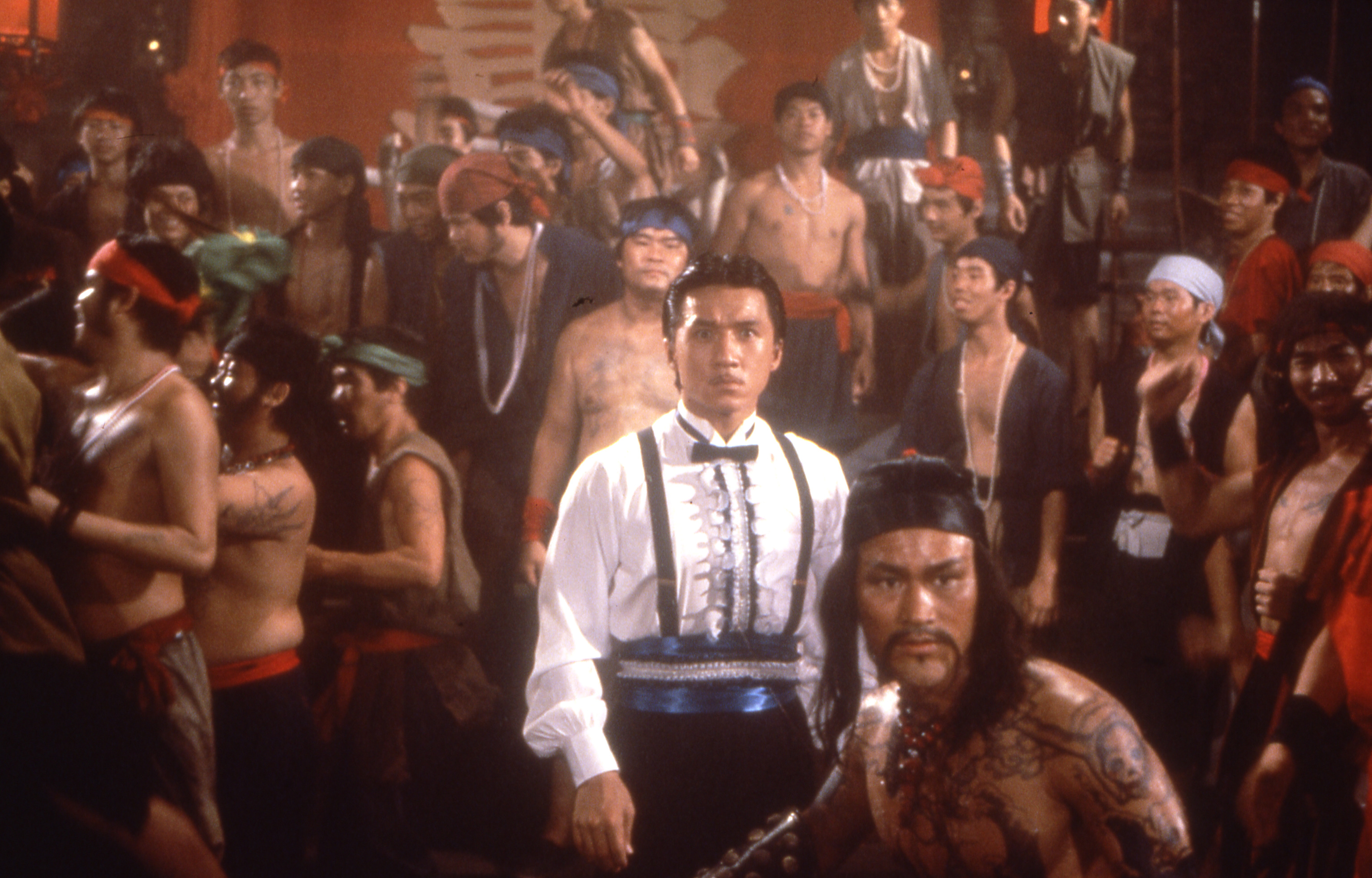
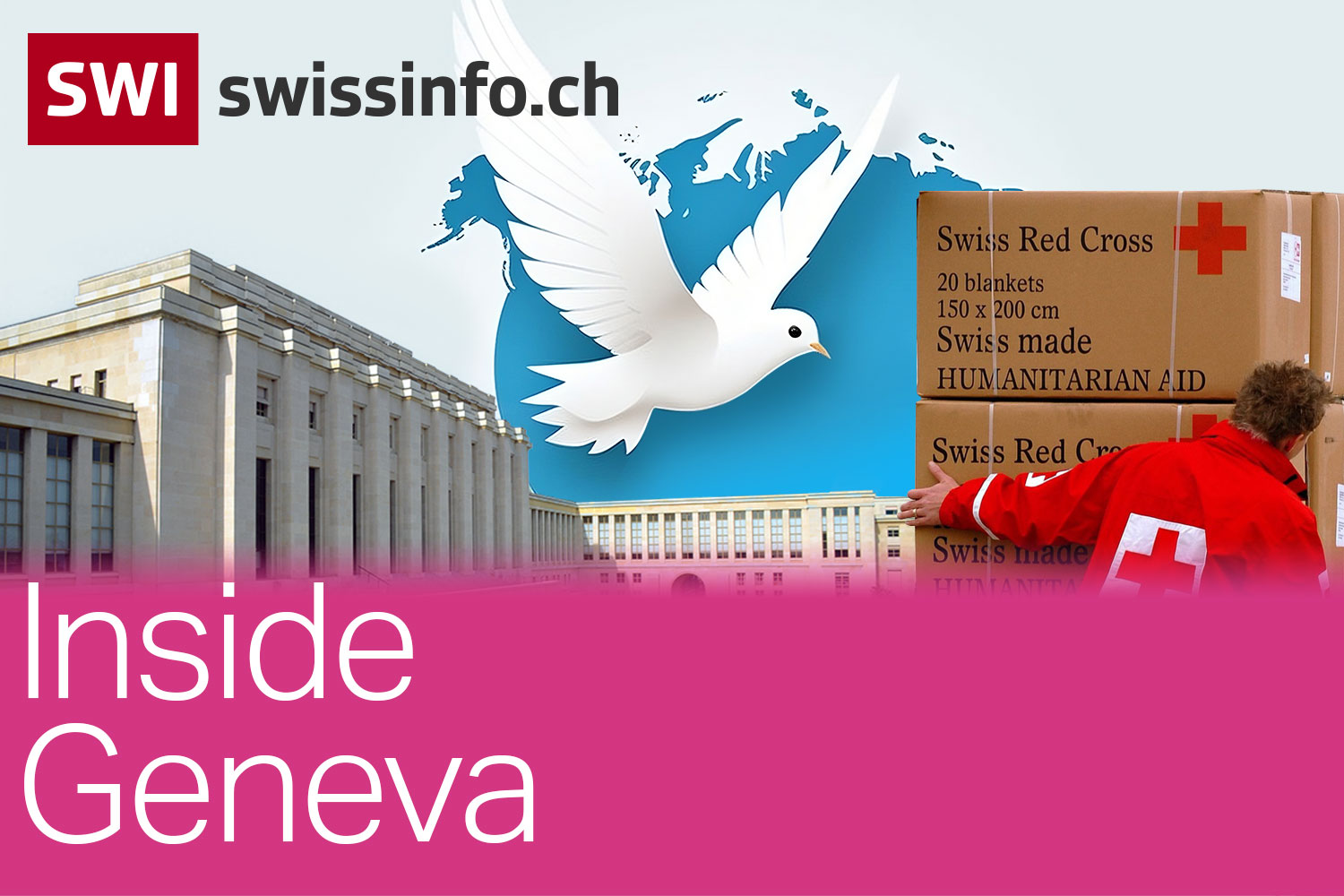




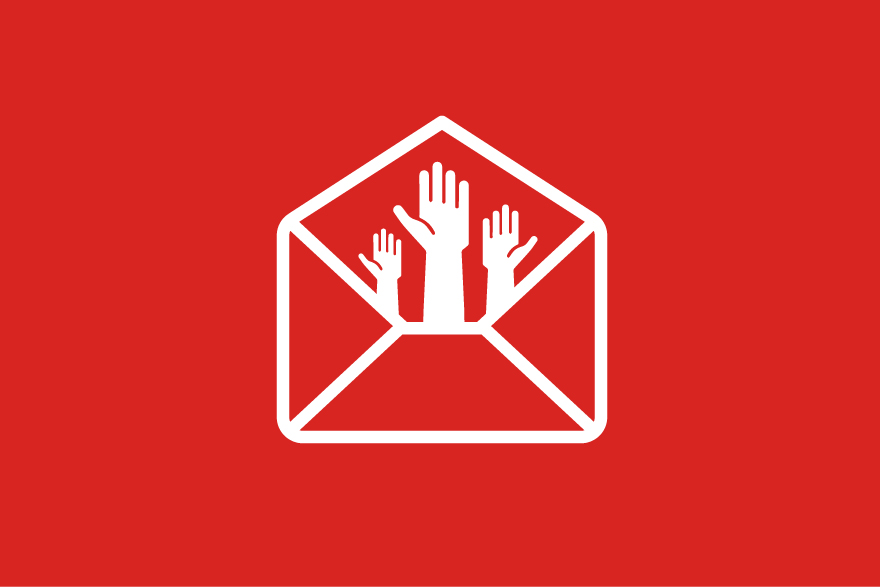













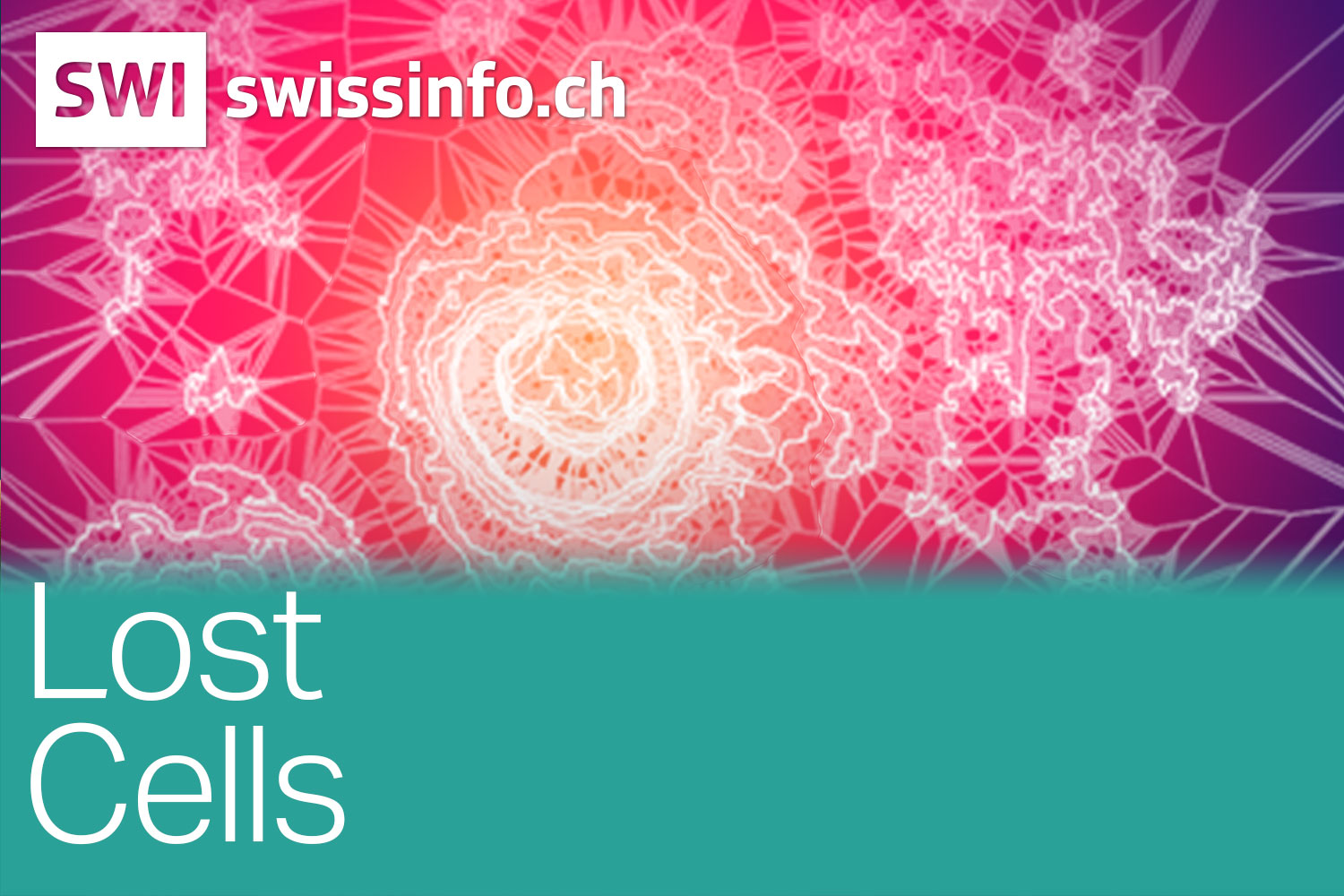



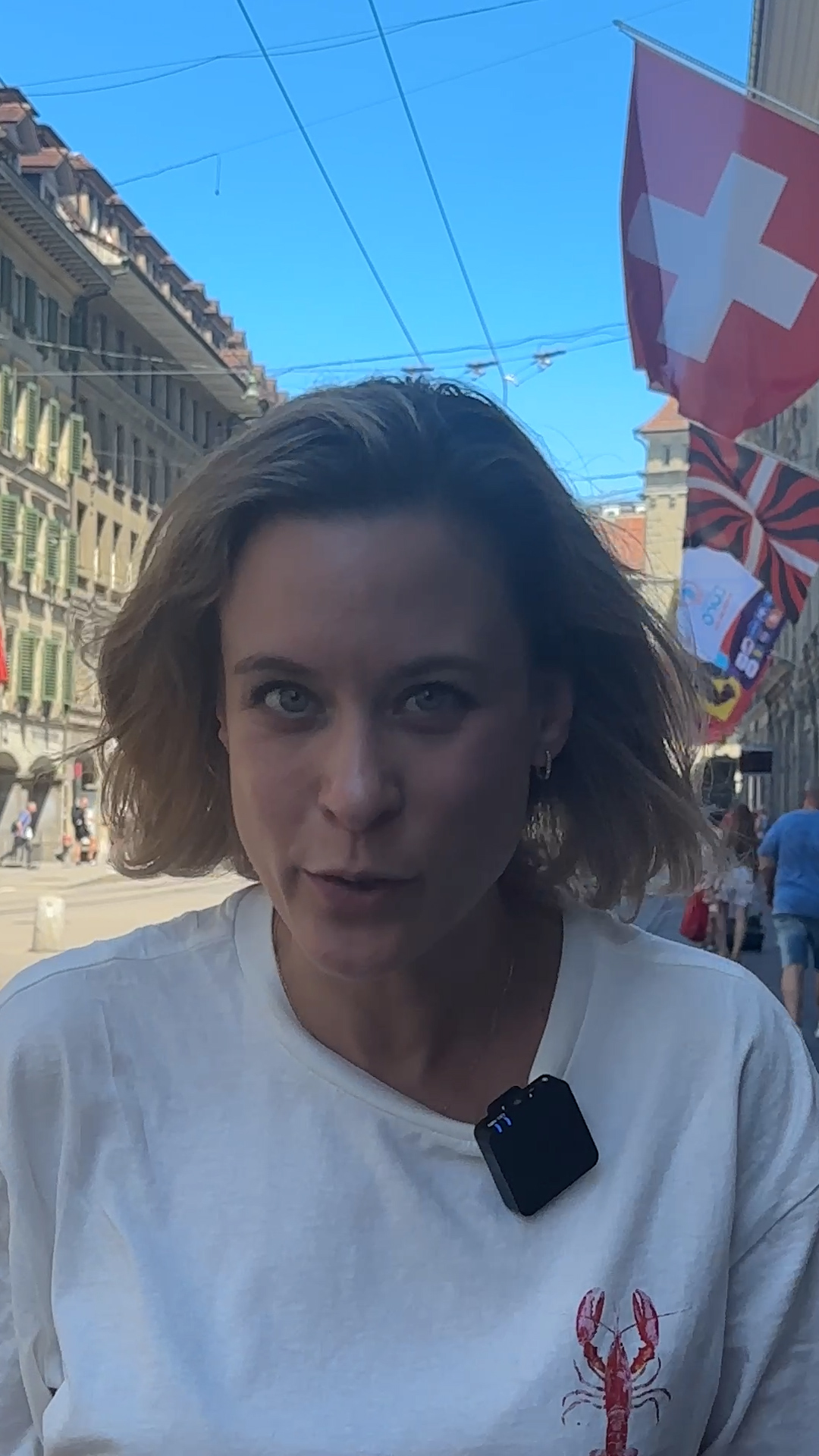

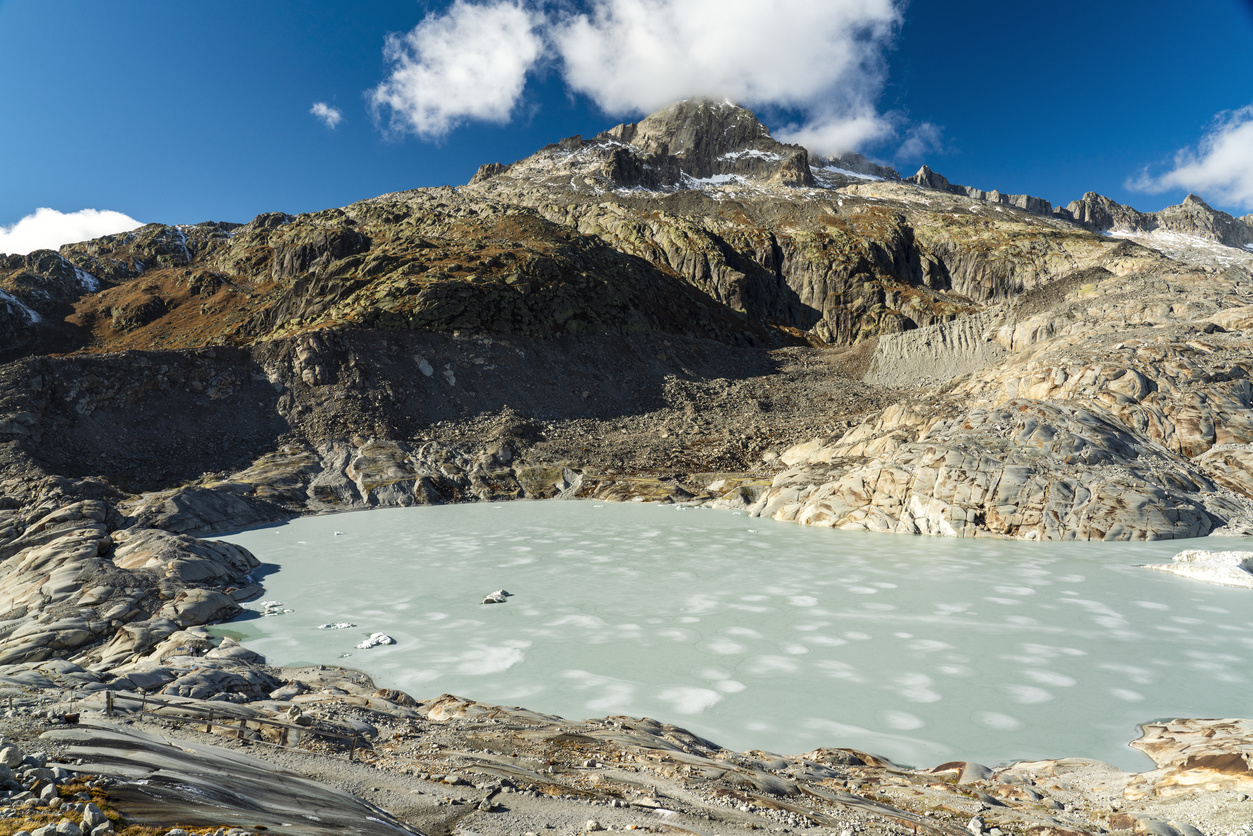
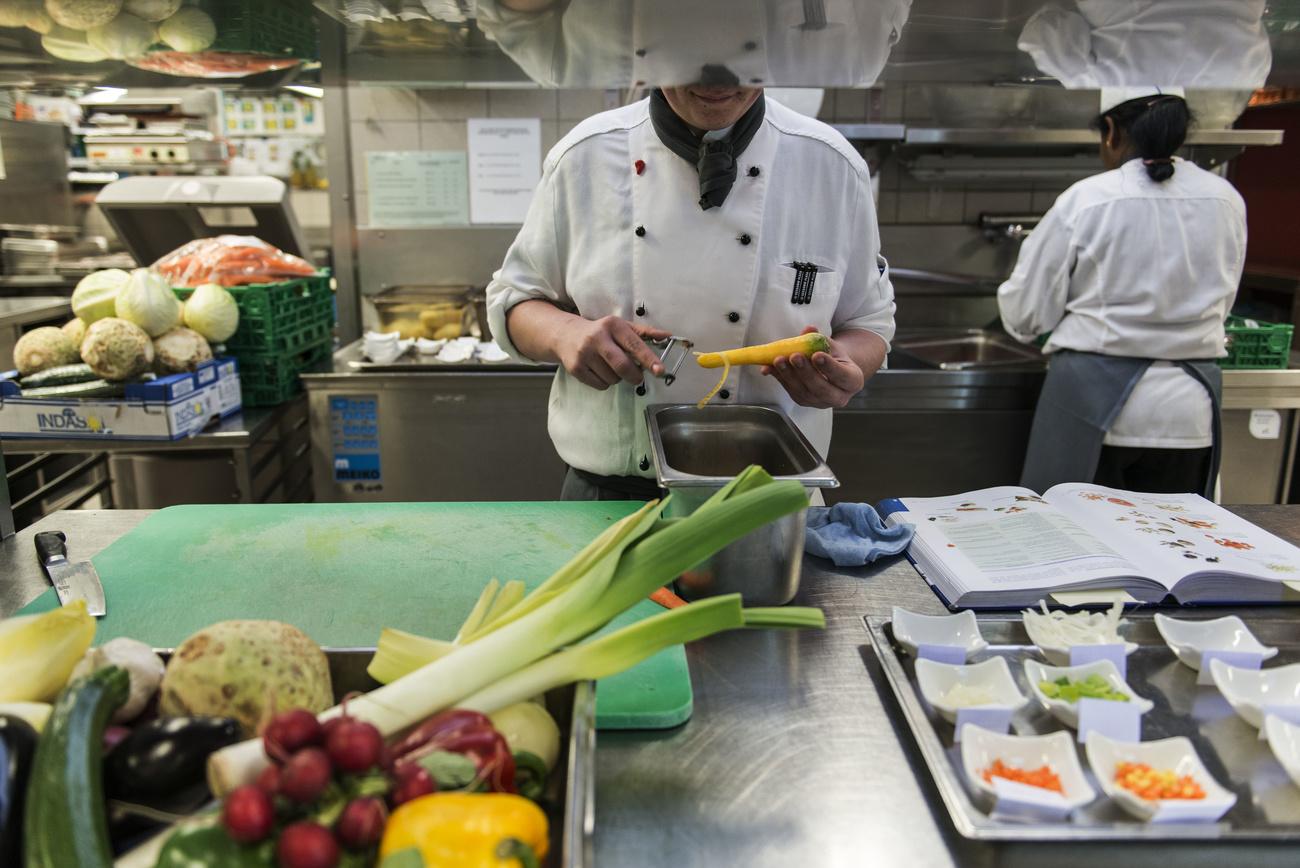
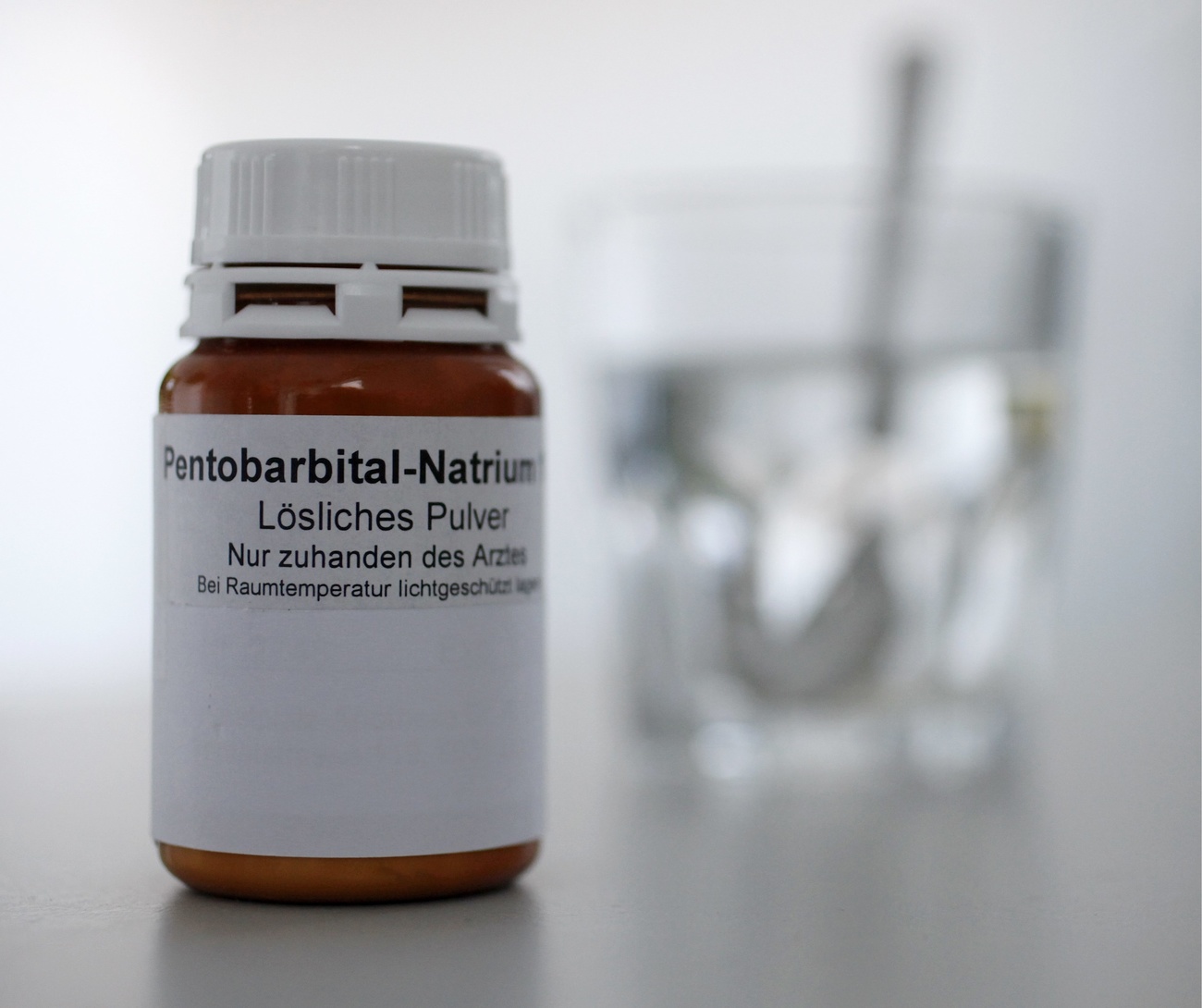
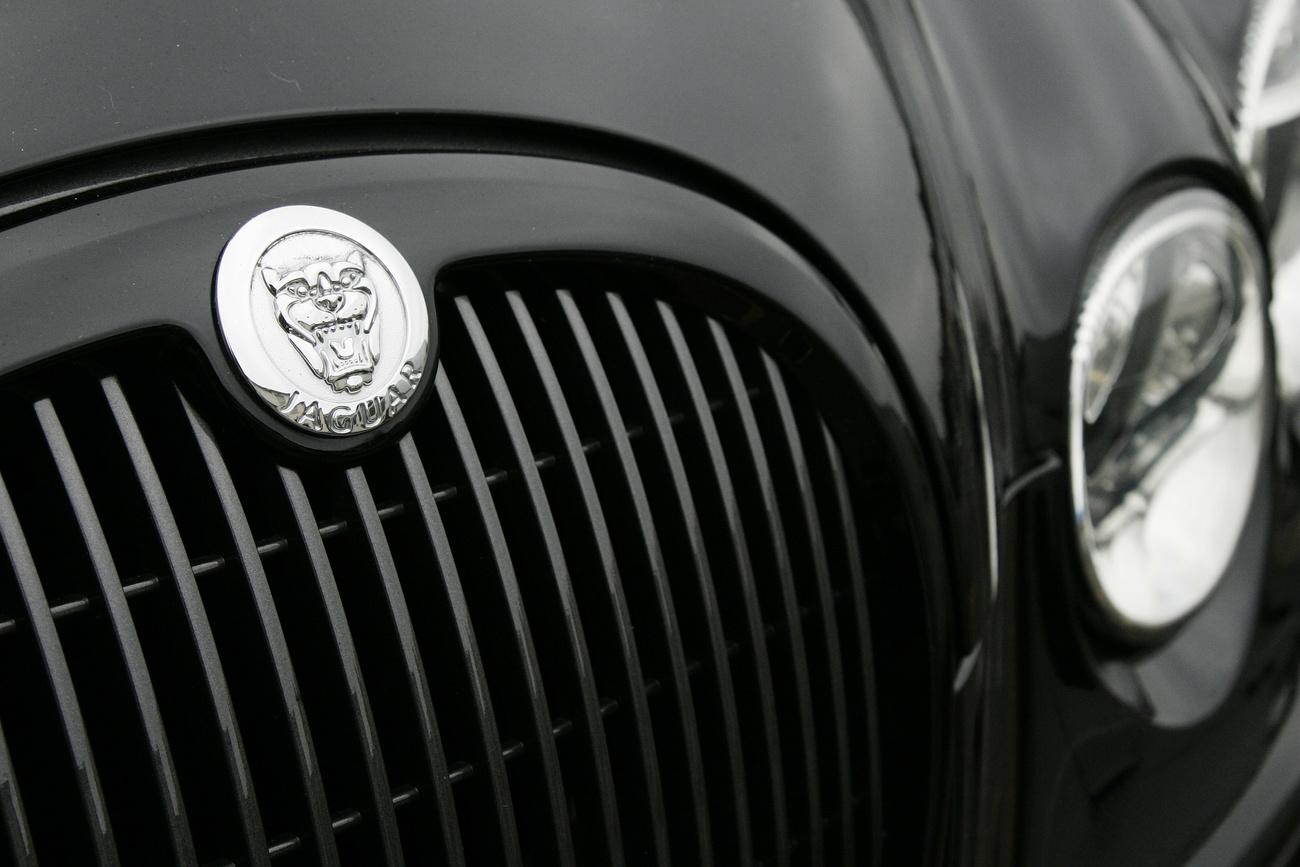

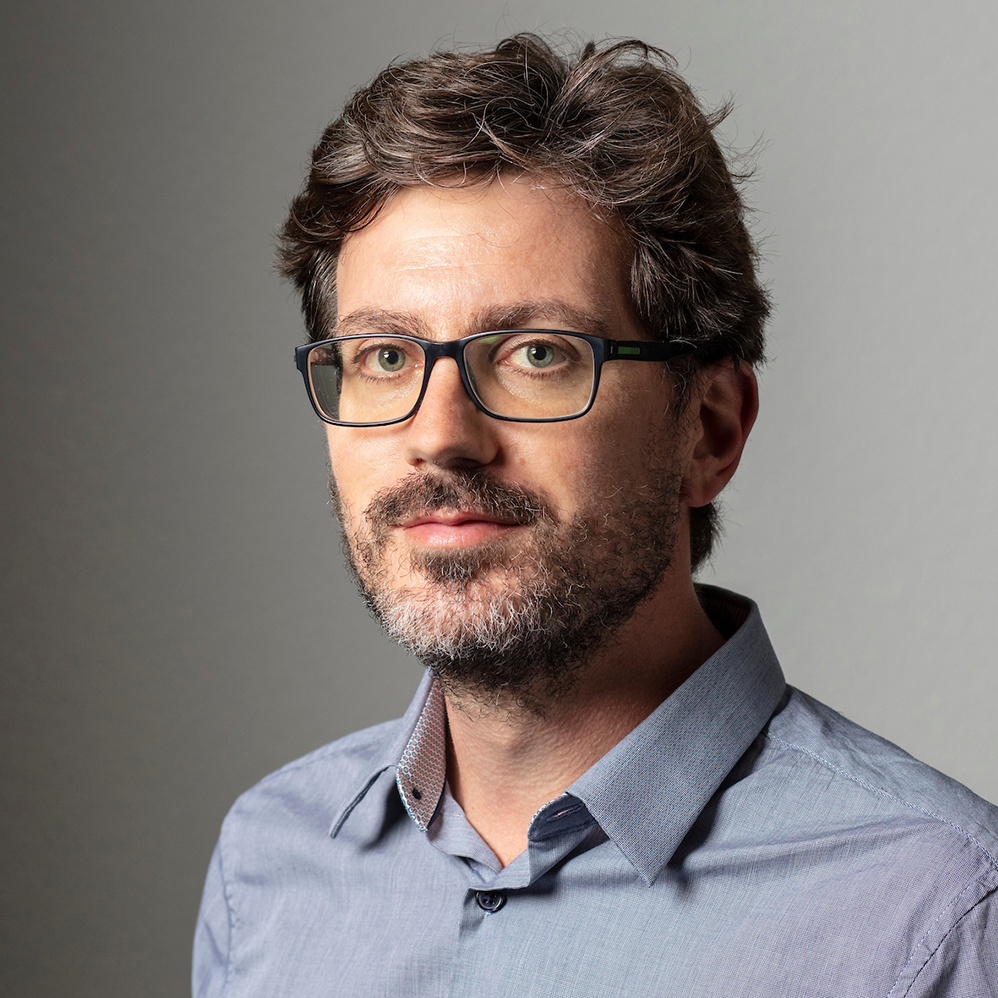

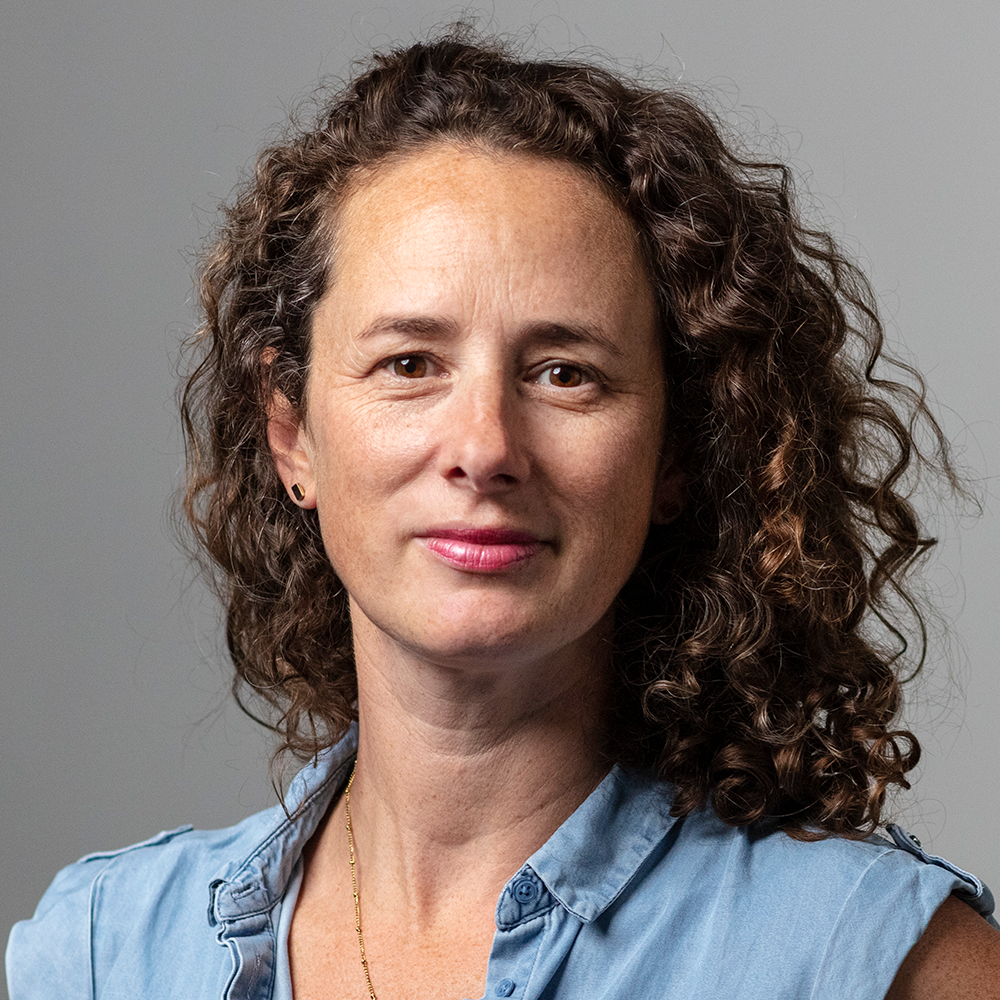


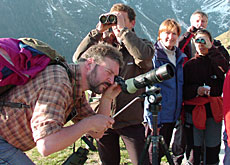
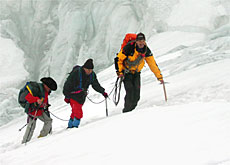
You can find an overview of ongoing debates with our journalists here . Please join us!
If you want to start a conversation about a topic raised in this article or want to report factual errors, email us at english@swissinfo.ch.